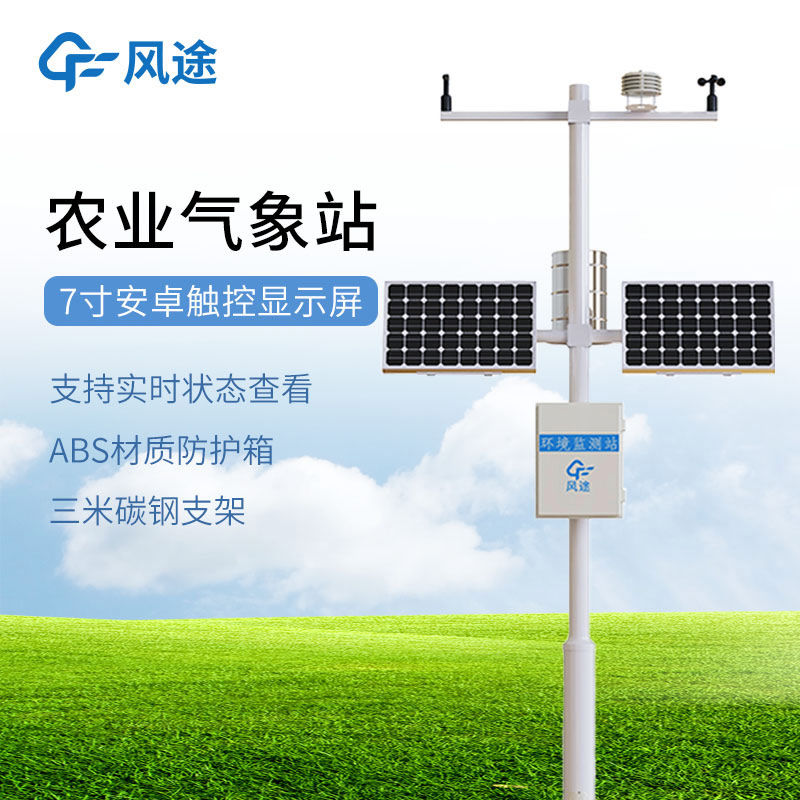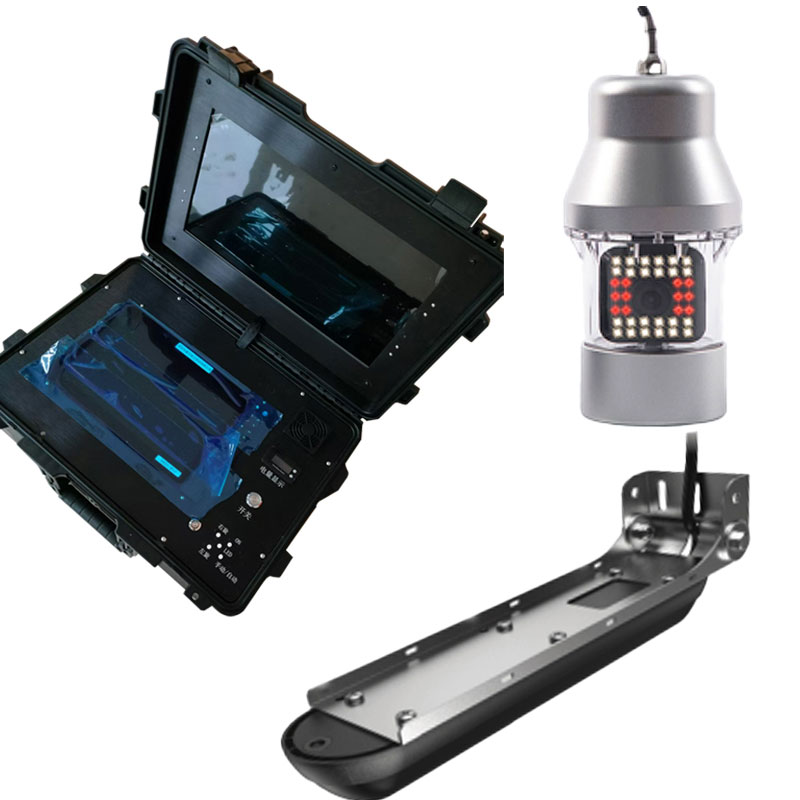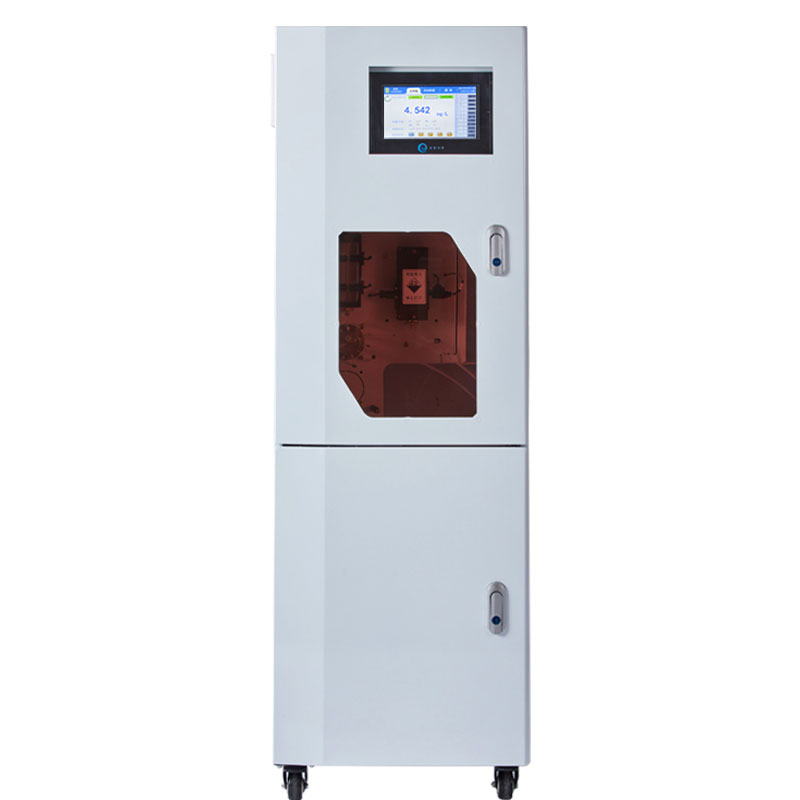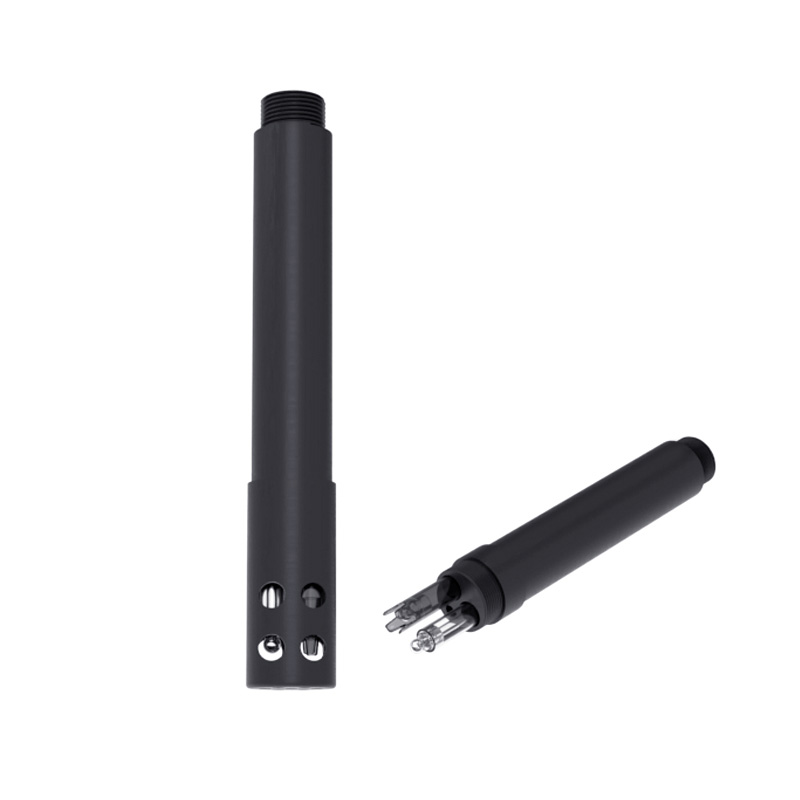In traditional agricultural practices, the cultivation of crops largely depends on natural conditions, such as weather and soil conditions, and the transmission of agricultural technology often relies on verbal guidance and the accumulation of practical experience. In contrast, smart agriculture utilizes modern technologies such as the Internet of Things, big data, and artificial intelligence to achieve the intelligent and precise production in agriculture.
Fengtu, relying on IoT technology, has developed and launched an Automatic Farmland Weather Station. This Automatic Farmland Weather Station (model FT-NQ) integrates multiple functions, including data acquisition sensors, a meteorological monitoring host, a stable power supply system, communication modules, and optional LED displays and cameras.
It is used to collect key environmental data, including air temperature, humidity, light intensity, carbon dioxide concentration, rainfall, wind speed, wind direction, atmospheric pressure, and soil pH value, electrical conductivity (EC), as well as the content of nitrogen, phosphorus, and potassium.
When the monitoring system detects any environmental parameter exceeding the preset normal range, it can automatically trigger an alarm and provide corresponding countermeasures, helping farmers to take timely measures, such as irrigation, fertilization, or adjusting greenhouse conditions, to reduce the potential damage to crops caused by extreme weather or adverse environmental conditions.
Users can query historical meteorological data of one or more monitoring stations in a specific area through the system. Users can select specific monitoring stations, time intervals, and data granularity (such as data divided by hours, days, months, or quarters) according to their needs for detailed queries. The query results will be presented in a list format, clearly displaying the required data.

This paper addresses:https://fengtusz.com/industry/460.html









